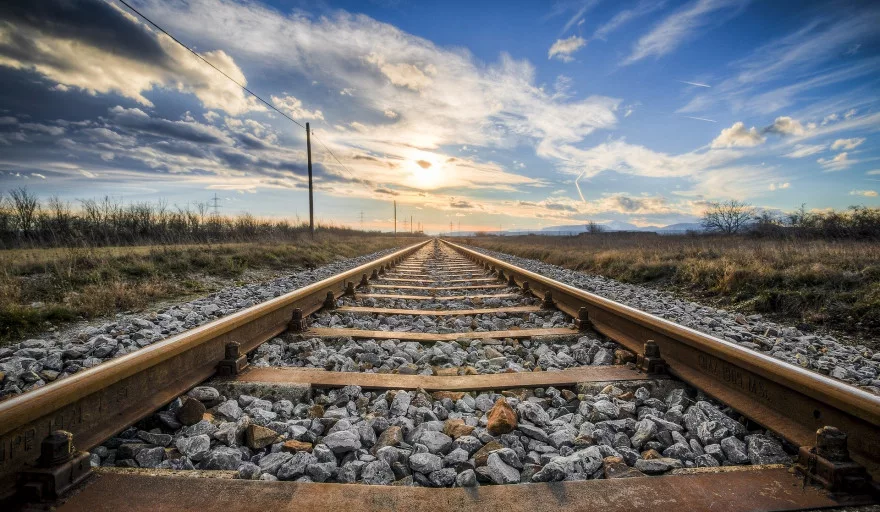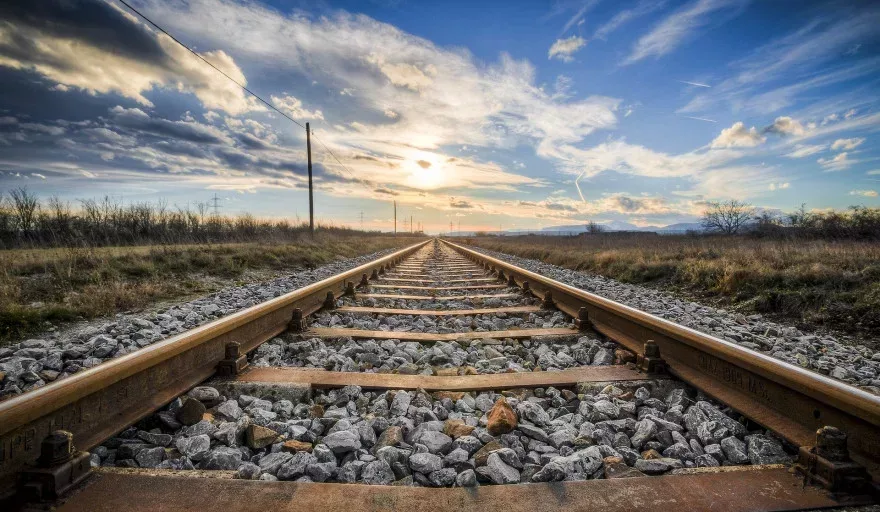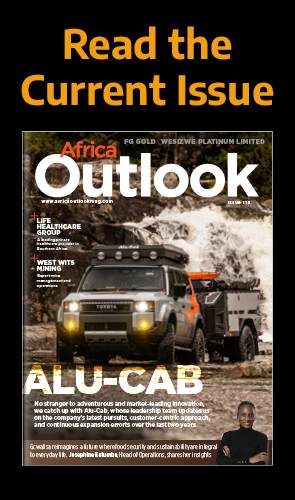
Africa’s Standard Gauge Railway represents a real opportunity for the continent, but construction isn’t without its challenges
Written by: Dani Redd
“Without infrastructure, there will be no investors. Without investors, there will be no jobs for our youth.”
Written by: Dani Redd
“Without infrastructure, there will be no investors. Without investors, there will be no jobs for our youth.”
So said the Kenyan President Uhuru Kenyatta last October, as he launched the second phase of Kenya’s Standard Gauge Railway (SGR) project, a $1.5 billion high-speed railway running from the capital of Nairobi to Naivasha.
The first phase of the SGR project was completed in 2017, following two years of construction. Costing $3.8 billion dollars, the railway stretches for 300 miles from the port city of Mombasa to the capital of Nairobi. Both phases of the project were predominantly financed by China Eximbank and built by China Road and Bridge Corporation.
The train running from Mombasa to Nairobi was named the Madaraka Express after the day Kenya attained self-rule – it replaced the colonial era British railway, known as the “Lunatic Express”. Once a slow and shaky ride taking up to a day, the travel time between Mombasa and Nairobi was shortened to just four hours. The new express also had the capacity to transport around half the goods coming into Mombasa Port, compared to previous figures of around five percent.
“We now celebrate not the Lunatic Express but the Madaraka Express, that will begin to reshape the story of Kenya for the next 100 years. I am proud to be associated with this day,” Kenyatta announced.
These railways are part of a more ambitious infrastructure project that will connect to western Kenya and six other East African countries, including Ethiopia and Tanzania. Parts of the network have already been built, including a 756-kilometre railway between Djibouti port to Ethiopia’s capital of Addis Ababa.
Game changing infrastructure
For many people, Africa’s new railways herald wide economic benefits for the continent.
“It’s a big game changer,” said Aly Khan Satchu, a financial analyst based in Nairobi, who was interviewed by CNN about the Kenyan SGR.
“We’ve got cheap geothermal power in Naivasha – you can tap into that power. You can build your factories, you can put your goods on the railway, you can export it to Mombasa and you can access a three billion person market on the Indian Ocean economy.”
Before the creation of the SGR, 45 percent of the cost of Kenyan goods went towards transport expenditure – a cost that is now significantly lower.
Scholars Wang Bing and Nancy Muthoni Githaiga conducted a research study into both the benefits and drawbacks of the Kenyan SGR. They argue that the new SGR not only yields economic benefits but also reduces the country’s carbon footprint, as the new train is a much lower emitter than the previous one. Furthermore, at least 60 new jobs were created for every kilometre of railway built – thanks to both construction and the production and supply of building materials like steel and cement. The Kenyan government had a policy that at least 40 percent of the labour and commodities used had to be sourced from within the country, thereby directly benefitting its economy.
Meanwhile, the Ethiopia-Djibouti Railway (EDR) was also praised last year for transporting around 70,000 tonnes of fertiliser from Djibouti port to Ethiopia in time for the main harvest season. This important fertiliser was transported in 26 rounds. According to the Ethiopia-Djibouti Railway Share company, it would have formerly taken around 75 freight trucks to transport the amount carried by a single train, and the journey would have taken three days as opposed to 11 hours.
“The EDR immensely benefits Ethiopia by reducing its expenditure for high-cost commodities like imported petroleum and related items. It provides an economic advantage for the nation and the agriculture sector by delivering the fertilisers right on time,” said Aminu Juhar, EDR’s Planning Manager.
As well as successfully transporting freight, passengers are also able to travel between destinations more easily. This opens up Africa for both domestic and international travellers, improving business opportunities, trade connections and tourism.
Criticisms about SGR
However, the SGR projects across Africa are not without their critics. Many wildlife conservation groups have been vocal against the project in Kenya, saying it will affect animal behaviour and migration. According to the NGO Save the Elephants, during the construction of the first phase of the SGR 10 elephants were killed. In response to these concerns, designers added wildlife corridors and raised section of the line to facilitate animal movement.
The biggest criticism, however, is the fact that the Chinese-funded SGR projects are part of China’s Belt and Road Initiative. This infrastructure project, billed as a 21st century Silk Road, is a belt of overland corridors and maritime routes connecting over 60 countries and expecting to cost over $1 trillion. Critics believe it constitutes a form of economic imperialism, as Chinese firms are often given construction contracts instead of local companies.
Furthermore, China has offered many countries loans so they can fund these large-scale construction projects. A 2018 report by the Center For Global Development found that eight countries – including Kenya and Ethiopia – are at serious risk of not being able to repay their loans. This has led to worries that China could use debt-trap diplomacy in order to gain strategic concessions over territorial disputes, or silence on human rights violations.
This negative publicity has had an adverse effect.
“The Chinese are adopting a more cautious approach to their debt exposure in Africa because of increased noise around its sustainability and potential default,” explains Piers Dawson, investment consultant at Africa Matters Ltd.
Beijing has so far withheld the $4.9 billion necessary for the third phase of Kenya’s SGR which connects Naivasha with the Ugandan border, which is a big blow to Kenya’s infrastructure development plans. Furthermore, the Kenyan project has also been dogged with rumours of governmental corruption.
Improving Africa’s infrastructure for the future
However, none of the above changes the fact that, so far, the SGR railways lines in Africa have improved infrastructure, created jobs, and cut journey times. While the railway lines themselves might not offer a high ROI, they do act as catalysts for economic development within the country.
According to a study by Project Insight, Africa’s growth projects are hampered by poor infrastructure. Improving its quality and quantity to match those of the best performing countries could improve GDP by around 2.6 percent year on year.
Furthermore, as Africa continues to develop its infrastructure, it will learn from previous projects. Tanzania, for example, began rebuilding its railway network after Kenya and Ethiopia. Instead of sourcing funding from China for its network, the country received loans from the Export Credit Bank of Turkey, and a $1.5 billion 20-year loan from Standard Chartered Bank. It is also working with the Africa Trade Insurance Agency on a plan for the firm to provide a ‘credit wrap’, insuring sovereign bonds and other international financing structures.
In the time of COVID-19, infrastructure is more important than ever, helping economic recovery and keeping supply chains moving. With the right loan conditions and management, Africa’s SGR railways represent a real opportunity for growth and development on the continent.































